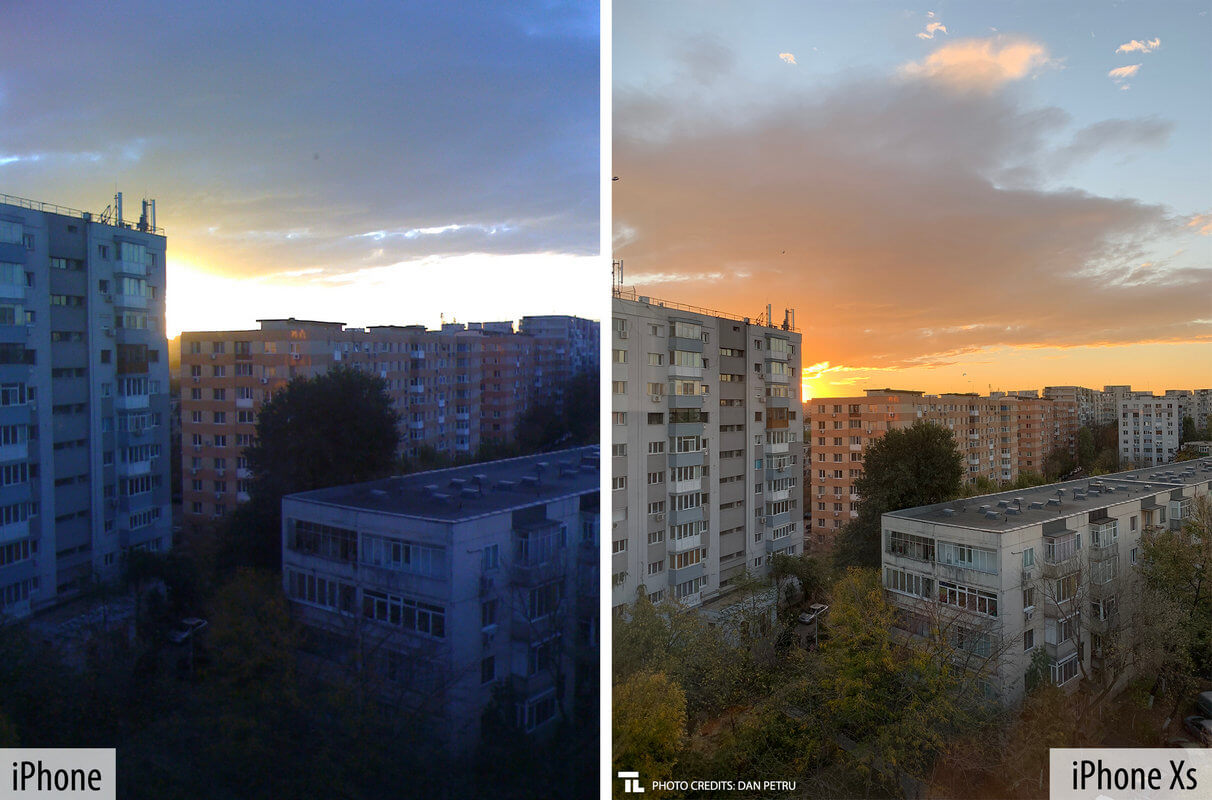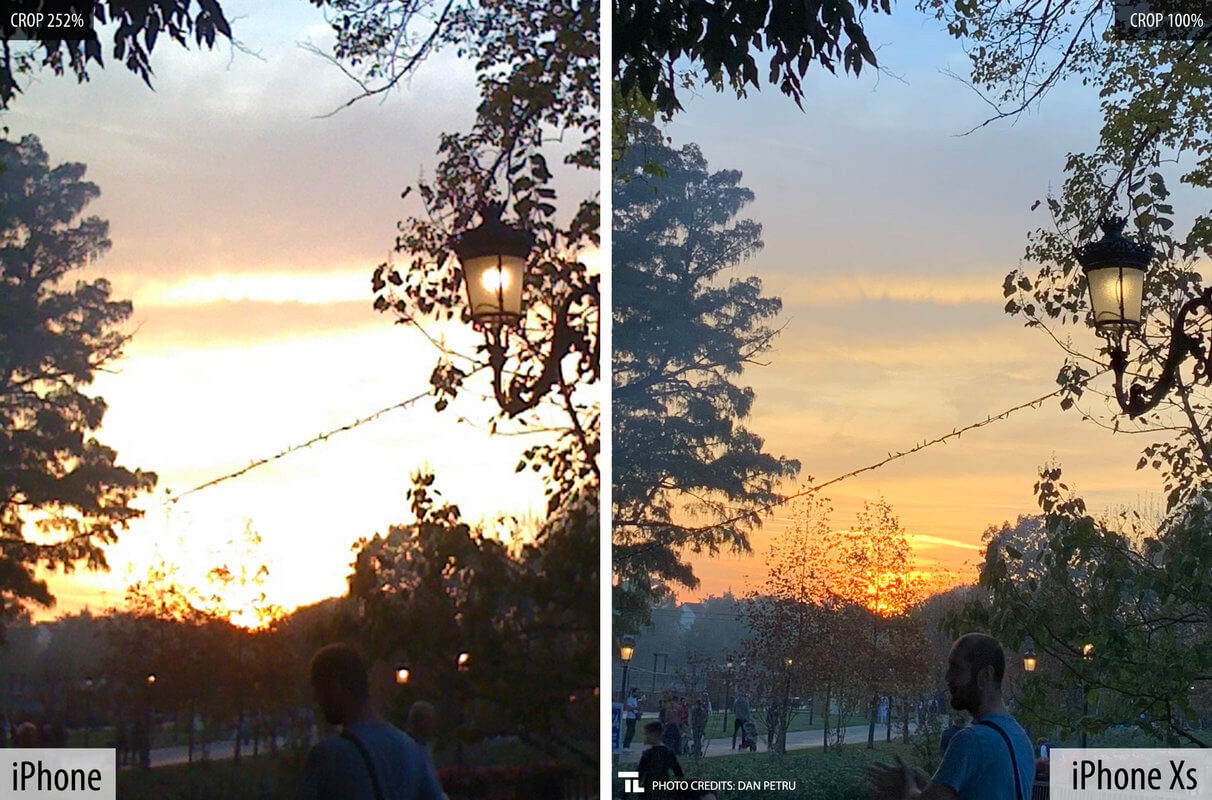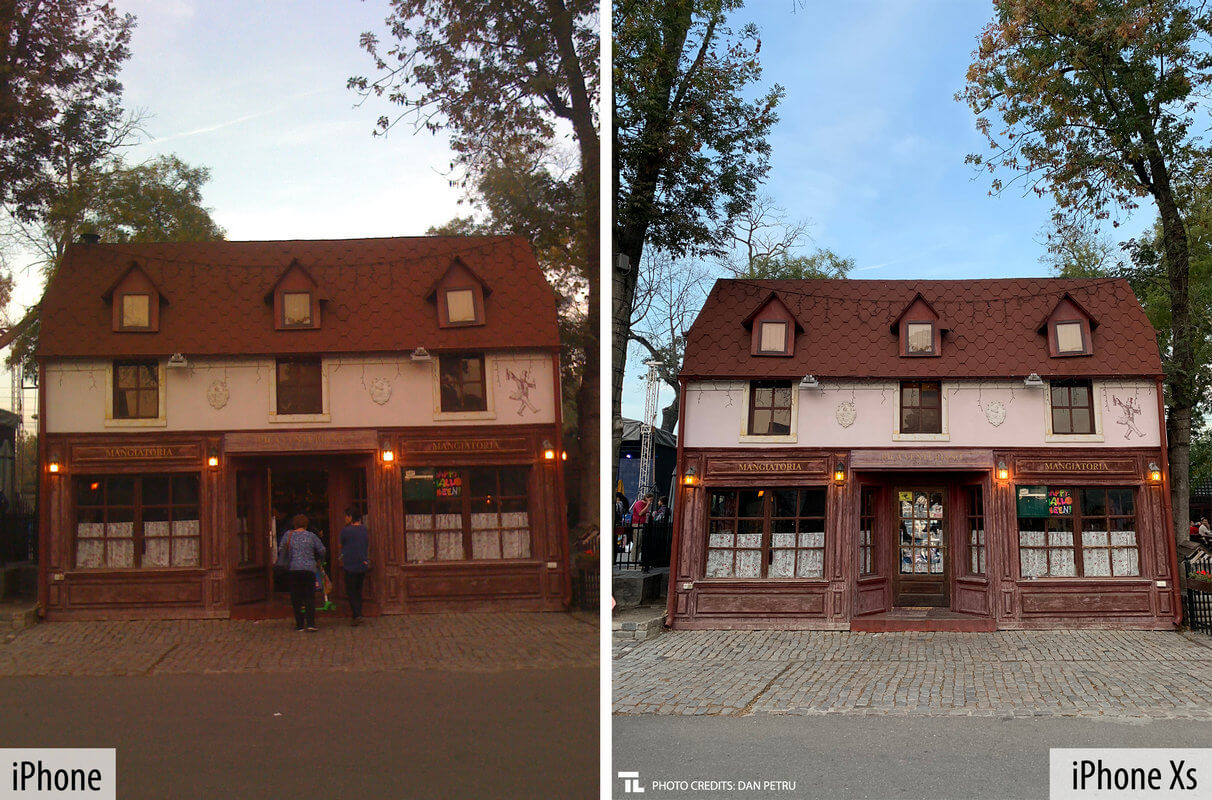The first iPhone was released back in 2007 and paved the way not only to the iPhone XS we have today but also to social media platforms like Instagram and Snapchat, that were, at the time, no more than mere thoughts. Its release was what basically pushed us all into the smartphone era.
The original iPhone had one single camera on the back: a 2 MP one, which might not sound like a lot nowadays but it was an innovation in a world filled with flip phones and their 1.3MP cameras. Back then, the Nokia N82’s camera was the one leading the game not only because of the photo quality but also because it came with the ability to record video, a feature which the first iPhone camera lacked.
Also read: ✍️The Social Network That Gained The Most Out Of The Phone Camera Race✍️
Fast forward to the year 2018. We are currently basking in the aftermath of the iPhone XS release and its camera, which many say takes incredible photos, comparable to the ones shot with a DSLR. Even more, the Smart HDR feature iPhone XS comes with allows it to capture an extended dynamic range, sometimes higher than what a normal, DSLR camera can get in a single shot.
Just how big was the leap between the very first iPhone camera and the iPhone XS’ cam? We decided to find out ourselves and, in tune with Halloween, raise one long lost iPhone from the dead.
None of the photos below have been edited, save for the cropping and text we have added to them.


The daylight shots show considerable differences in white balance, contrast, color and, of course, sharpness.
In the photos taken with the iPhone 1, you can clearly see that some details are lost and the colors do not ‘pop’. Even so, all things considered, the camera performs admirably in daylight especially when it does not have to deal with strong contrasts and the photos are shot in a flat, natural light.



Here you can see how much the skin tones have improved in the last decade.


Sometimes, the automatic white balance done by the first iPhone was completely off the rails!


In the pictures below, you can see perhaps the best result we got from the first iPhone camera, coming very close to the one made by the iPhone XS.


You can also see that the original iPhone does not do very well in back-lit photos or in low light ones unlike the iPhone XS. The local tone mapping done by the latest Apple smartphone can bring out details that we can say easily match – and in some cases, might even surpass -what a DSLR can produce on the spot.











Low light is definitely not a friend of the original iPhone – this is the area where the device camera suffers the most when compared to the iPhone XS one. Its low-light shots almost completely lack detail and come accompanied by a lot of grain and blurry backgrounds that have no depth.


Looking at all the photos side by side is a real eye-opener! You can see how far mobile imaging has come but you also have to admit that the first iPhone pictures give off a vintage camera lens vibe – you can almost feel how exciting it was to hold it in your hands back in the day, when it was a novelty.
And, just like those vintage lenses, the first iPhone camera has certain characteristics that are unique to it – its imperfections, the way it smooths down the features, how it dulls and softens, especially when taking a portrait, is something inherently its own.
With all these things in mind, we did this comparison as a curiosity – we don’t want to talk about how ‘bad‘ the first iPhone camera was. On the contrary, this is a walk down memory lane to see what the foundations were when it all started, and where we are today, thanks to the progress made in technology.
Holding the iPhone XS in our hands now, the weight of the decade past feels heavy and obvious, but it doesn’t mean that we don’t have a fond smile, tinged with nostalgia for its 2007 predecessor.
Follow TechTheLead on Google News to get the news first.





